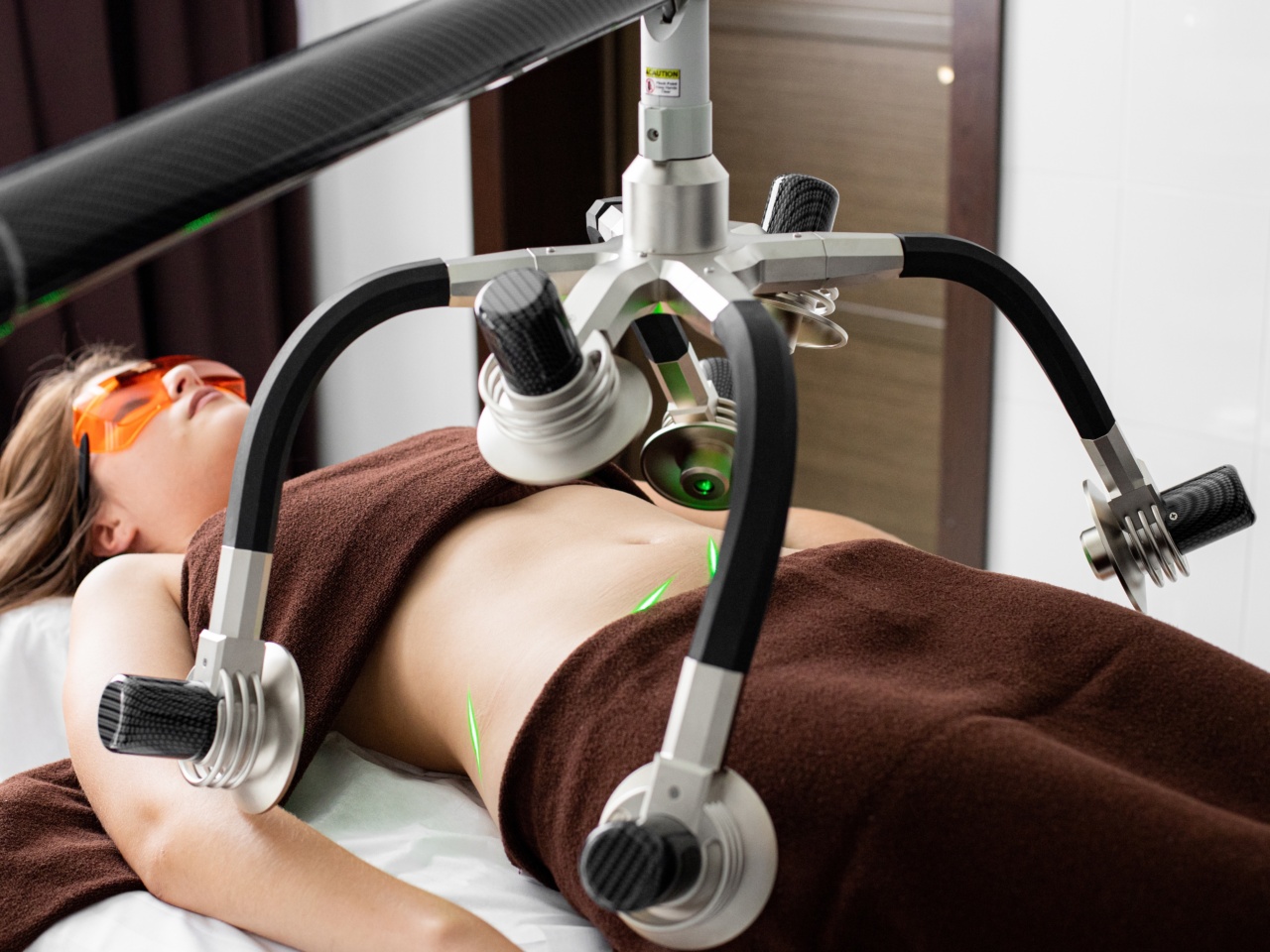Bladder coccyx dysfunction, also known as coccydynia, is a condition characterized by pain in the region of the coccyx or tailbone. This pain can be sharp, dull, or throbbing and may worsen with sitting or moving.
While there are several treatment options available, one innovative and effective approach is painless laser therapy.
Understanding Bladder Coccyx Dysfunction
The coccyx is a small triangular bone located at the base of the spine. It consists of three to five fused vertebrae and serves as an attachment point for ligaments and muscles.
Bladder coccyx dysfunction can occur due to various reasons, such as trauma, repetitive strain, poor posture, or even childbirth. The resulting pain can significantly impact a person’s quality of life, making simple tasks like sitting or standing uncomfortable.
Traditional Treatment Approaches
Traditional treatment approaches for bladder coccyx dysfunction include physical therapy, pain medications, and in severe cases, surgery. Physical therapy often involves exercises to strengthen the pelvic muscles and improve posture.
Pain medications, such as nonsteroidal anti-inflammatory drugs (NSAIDs), can help alleviate pain and reduce inflammation. However, these traditional approaches may not always provide the desired relief, and surgery is typically considered a last resort due to the potential risks and recovery time involved.
The Role of Painless Laser Therapy
Painless laser therapy, also known as low-level laser therapy (LLLT) or cold laser therapy, is a non-invasive and drug-free treatment option for bladder coccyx dysfunction.
It utilizes low-intensity laser light to stimulate cellular function and promote healing in the affected area. The laser penetrates the skin without generating heat, making it a safe and painless procedure.
How Does Painless Laser Therapy Work?
During a painless laser therapy session, a handheld device emitting the laser light is moved over the affected area.
The light energy from the laser stimulates the mitochondria within the cells, promoting the production of adenosine triphosphate (ATP), which is the cell’s energy source. This increased cellular energy stimulates the healing process, reduces inflammation, and provides pain relief.
Painless laser therapy also improves blood circulation in the affected area, delivering essential nutrients and oxygen to promote tissue repair.
Additionally, it stimulates the production of collagen, a protein essential for tissue regeneration and strength.
The Benefits of Painless Laser Therapy
Painless laser therapy offers several benefits for individuals with bladder coccyx dysfunction:.
1. Non-Invasive and Painless:
As the name suggests, painless laser therapy is a non-invasive and painless treatment option. There are no needles or incisions involved, making it an attractive choice for those who prefer non-surgical approaches.
2. Quick and Convenient:
A typical painless laser therapy session lasts around 15-30 minutes, depending on the severity of the condition.
The treatment can be performed in a medical office or clinic, and there is no downtime or recovery period, allowing individuals to resume their daily activities immediately after the session.
3. Minimal Side Effects:
Painless laser therapy has minimal side effects compared to other treatment options. Some individuals may experience mild redness or warmth in the treated area, which typically resolves quickly.
4. Effective Pain Relief:
Painless laser therapy has been shown to provide effective pain relief for bladder coccyx dysfunction. Many individuals experience a significant reduction in pain intensity and improved mobility after a series of treatment sessions.
5. Complementary to Other Treatments:
Painless laser therapy can be used in combination with other treatment approaches, such as physical therapy or pain medications, to enhance the overall results.
It can also be used as a standalone treatment option for individuals who cannot tolerate certain medications or prefer non-pharmacological interventions.
Who Can Benefit from Painless Laser Therapy?
Painless laser therapy is suitable for individuals with bladder coccyx dysfunction who have not found adequate relief with traditional treatment approaches.
It can be particularly beneficial for those who wish to avoid surgery or minimize their dependence on pain medications.
It is important to consult with a healthcare professional specializing in pain management or laser therapy to determine if painless laser therapy is a suitable option for your specific condition.
Conclusion
Painless laser therapy offers a non-invasive, painless, and effective treatment option for individuals with bladder coccyx dysfunction. By utilizing low-intensity laser light, it stimulates cellular function, reduces inflammation, and promotes healing.
With its minimal side effects and convenient treatment sessions, painless laser therapy can significantly improve pain intensity and overall quality of life. If you are experiencing bladder coccyx dysfunction, consider exploring painless laser therapy as a potential treatment option.






























